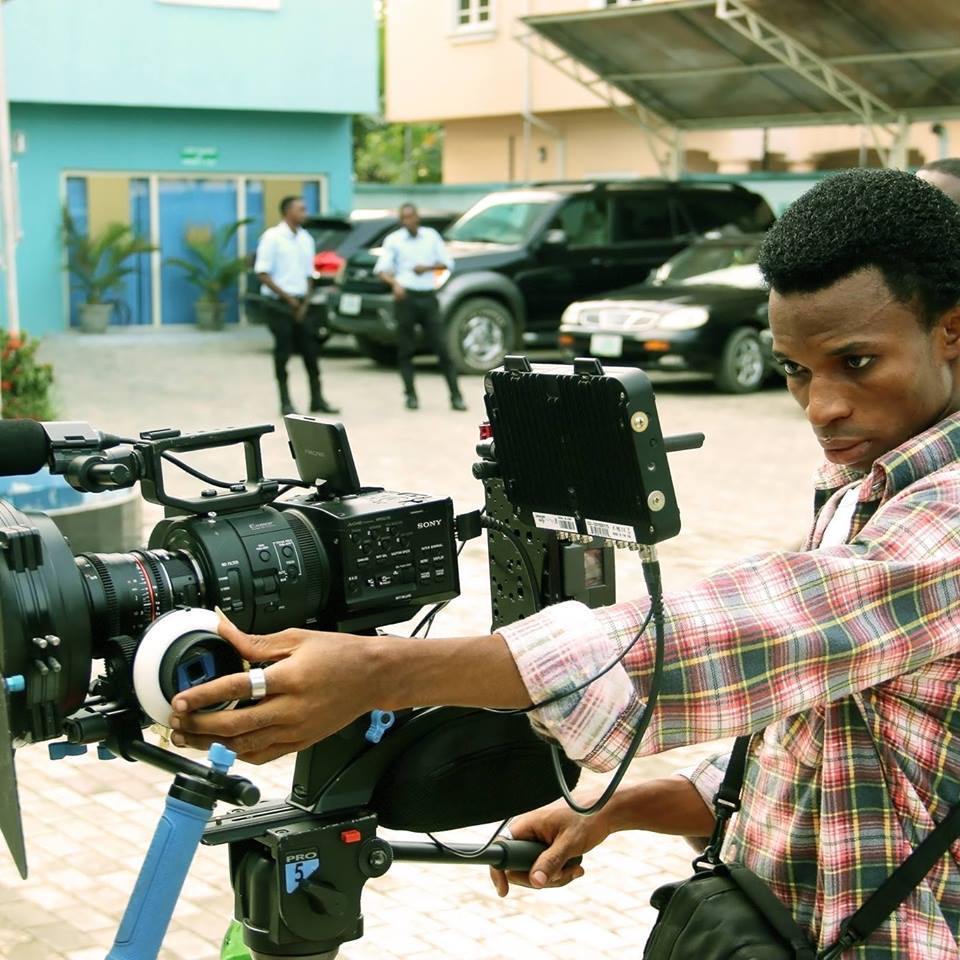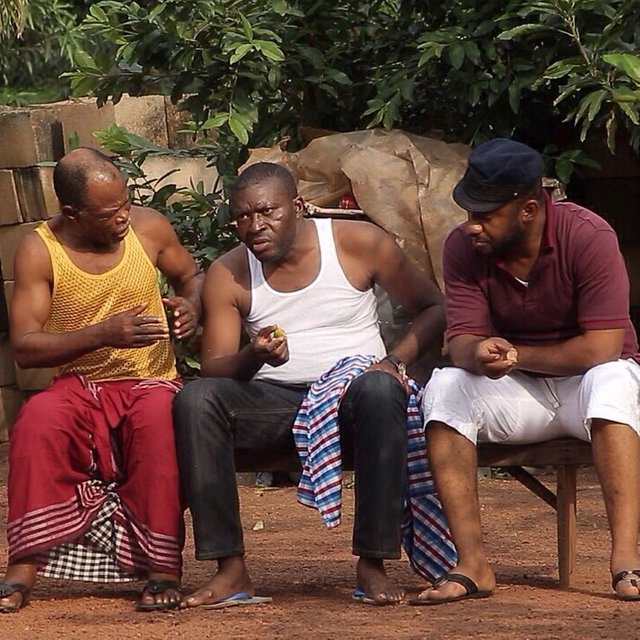
From getting good audio to choosing good costumes, this video covers all the bases of filmmaking for beginners.
For many of us, the way we learned how to make films was simply by making films—horrible, horrible films full of ugly mistakes and shameful regret. (Just me? Didn't think so.) We used our camera's built-in microphone for audio. We decided to see what 24 fps looked like mid-project. We tortured our audience gracious moms with super long and tedious expositional scenes.
But, now that the internet is full of helpful videos about how to make better movies, budding filmmakers can learn from other people's mistakes instead of their own. (Don't worry, you'll still learn from the countless other mistakes you're going to make.) In this video, filmmaker Sebastian Solberg talks about 8 classic noob mistakes in hopes that you can avoid them as you set out on your first project.
1.Check the frame rate and resolution: The standard for film is 24 fps, but regardless of what frame rate (or resolution) you choose, just make sure, at least if you're a beginner, that it stays the same throughout. (Learn more about frame rates here.)
2.Choose your locations wisely: Noise pollution can cause major problems for sound, so either find a way to solve them or find a different, less noisy location. (Learn more about locations here and here.)
3.Use a boom: Most pros will tell you that audio is more important than the visuals, and a nice boom mic will help make yours sound a whole lot better. (Learn how to use a boom like a pro here and here.)
4.Experiment with light: Many beginners don't pay a whole lot of attention to lighting, but it's one of the major elements that makes a film look more cinematic. (You can find pretty much everything you ever wanted to know about lighting here.)
5.Find costumes that tell a story: No, your actors shouldn't be wearing their street clothes for your project—unless they go with the story you're telling. (Find out how to tell stories with your costumes here.)
6.Watch out for continuity errors: Have someone on set whose sole purpose is to spot continuity errors, especially if you're shooting over multiple days or have a lot of costume/blocking/lighting changes.
7.Show, don't say: For the most part, less is more when it comes to dialog, and nine times out of ten you can get your point across with visuals rather than lengthy and needless exposition. (Here's a great lesson on how to avoid these kinds of scenes.)
8. Give your actors something to do: Audiences love kinesis, so when you can, get your actors moving while they deliver dialog.....mr SYSTEM....
Give your actors something to do: Audiences love kinesis, so when you can, get your actors moving while they deliver dialog.....mr SYSTEM....
Hi! I am a robot. I just upvoted you! I found similar content that readers might be interested in:
https://nofilmschool.com/2016/12/8-things-new-filmmakers-should-learn-making-their-first-film
Downvoting a post can decrease pending rewards and make it less visible. Common reasons:
Submit
Good info, I'm learning a lot.
Downvoting a post can decrease pending rewards and make it less visible. Common reasons:
Submit
you are welcome, you will learn more
Downvoting a post can decrease pending rewards and make it less visible. Common reasons:
Submit